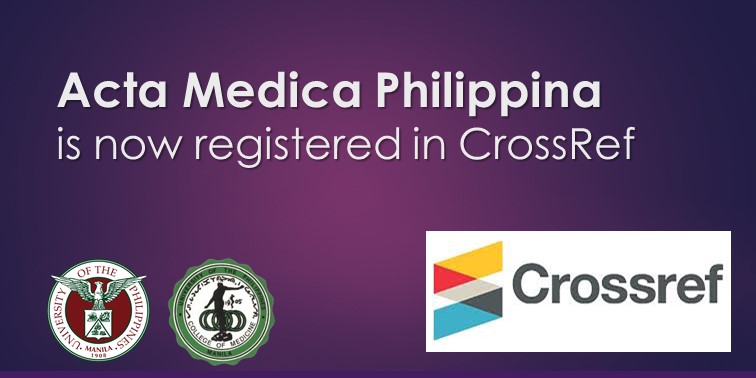The First Intraoperative EEG Monitoring during a Common Carotid Artery Endoaneurysmorrhaphy in a Philippine Tertiary Government Hospital: A Case Report
DOI:
https://doi.org/10.47895/amp.v59i13.11227Keywords:
resource-limited settings, monitoring, intraoperative electroencephalography, carotid arteries, PhilippinesAbstract
The surgical treatment of the rare extracranial carotid artery aneurysm can lead to significant thromboembolic events in 4.4% of cases. Intraoperative monitoring has helped detect hypoperfusion and probable ischemic events, but this is not widely available in resource-limited hospitals in the Philippines. This case highlights the use of a portable standard 21-channel EEG machine for intraoperative monitoring in a tertiary government hospital. In addition, it highlights a conception of a protocol for the intraoperative electroencephalogram monitoring of carotid endoaneurysmorrhaphy procedures in a resource-limited setting. During the aneurysmorrhaphy procedure, the authors collaborated with the surgeons and the anesthesiologists to provide feedback about EEG changes during the operation. After a pre-induction baseline was recorded, continuous EEG monitoring was performed until the patient emerged from anesthesia. Mild EEG changes, attributed to relative hypotension, were observed during the procedure. These episodes were responsive to BP augmentation. There were no EEG changes observed during carotid cross-clamping. Shunting was not recommended to the surgical team. No new neurologic deficits were documented postoperatively and on follow-up after six months. This paper illustrates how an intraoperative team was formed, and intraoperative EEG was utilized for a complex carotid endoaneurysmorrhaphy for a patient with ECAA in a tertiary government hospital in the Philippines.
Downloads
Published
Issue
Section
License
Copyright (c) 2025 Acta Medica Philippina

This work is licensed under a Creative Commons Attribution-NonCommercial-NoDerivatives 4.0 International License.




.jpg)



